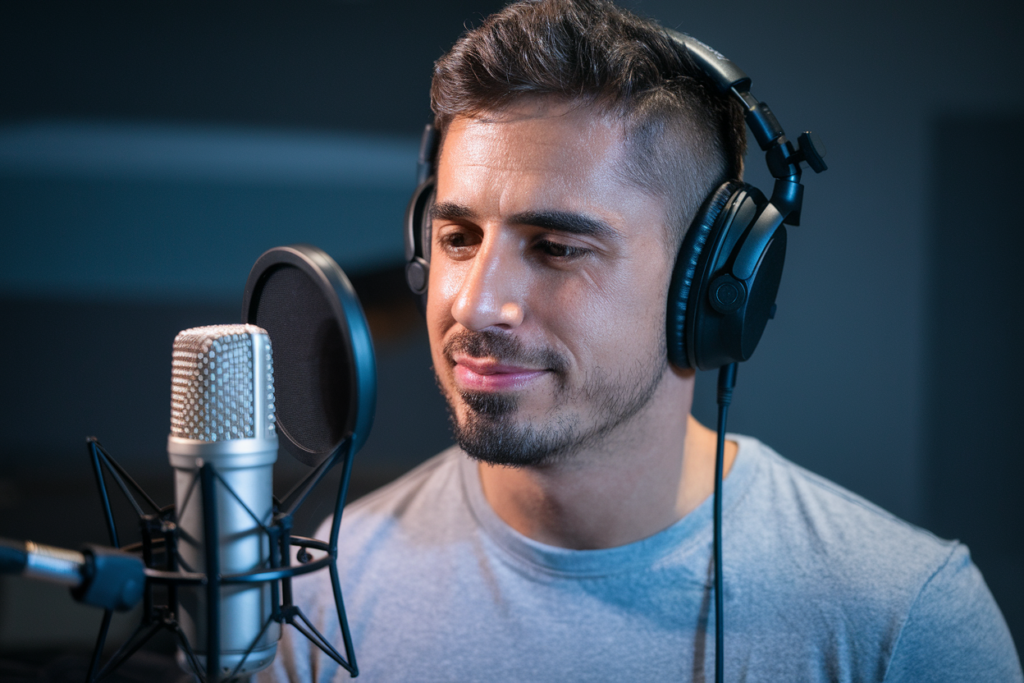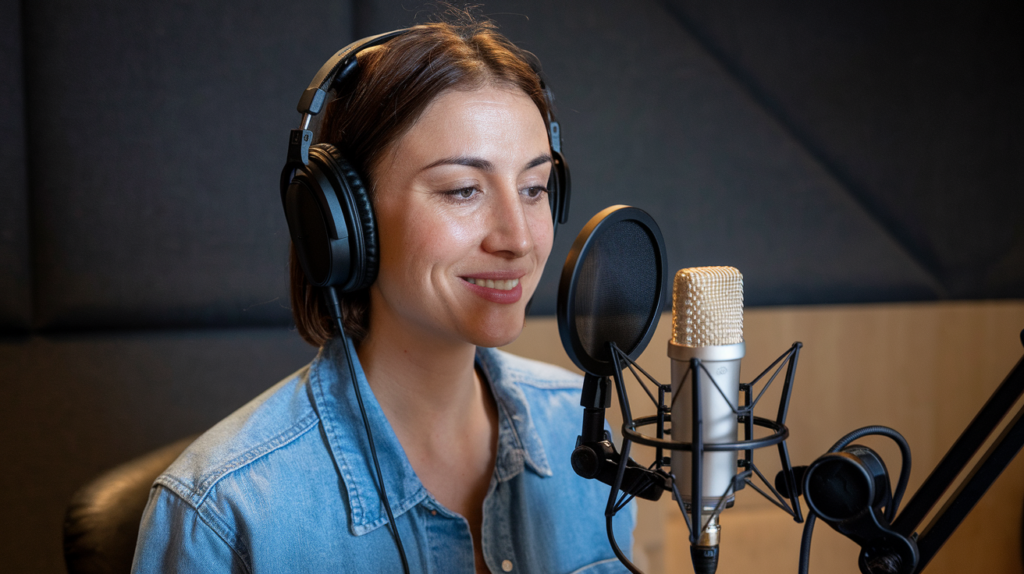Galician, a language rich in history and culture, has a unique musicality that often goes unnoticed. As I delve into its role in storytelling, I find it fascinating how the rhythm and melody of Galician can elevate narratives to new heights. This linguistic beauty not only enhances the emotional depth of tales but also connects listeners to their roots.
In this exploration, I’ll uncover how Galician serves as more than just a means of communication; it becomes an instrument for artistic expression. Through its lyrical qualities, the language weaves together tradition and modernity, creating a vibrant tapestry of stories that resonate deeply with audiences. Join me as I highlight the enchanting power of Galician in narrative forms and celebrate its place in both literature and music.
Overview of Gallego as a Musical Language
Gallego possesses distinct musical qualities that enhance its narrative power. The language’s rhythm, influenced by its Celtic roots, creates a melodic flow that captivates listeners. Poets and musicians utilize this inherent musicality to craft stories that resonate emotionally.
Gallego’s phonetic structure lends itself well to lyrical compositions. Vowels are pronounced clearly, allowing for smooth transitions between words. This clarity enables the creation of intricate rhymes and meter, enriching poetic forms like traditional “cantigas” and contemporary songs.
The cultural context of Gallego amplifies its role in storytelling. Traditionally, oral narrations incorporated music to convey tales and history. Modern adaptations continue this practice, integrating folk melodies with contemporary themes to reach broader audiences.
Numerous artists showcase Gallego’s versatility across genres, from folk music to hip-hop. These artists draw upon the language’s rhythmic potential while addressing current social issues or personal experiences through their lyrics.
Gallego serves not just as a vehicle for communication but also as an artistic medium that bridges generations with its musical essence in narration.
Historical Context
Galician’s historical roots in music and storytelling reveal its profound cultural significance. Understanding these origins enhances appreciation for its musicality and narrative power.
Origins of Gallego in Music
Galician’s origins in music trace back to the medieval period, where oral traditions flourished alongside folk songs. The vibrant connection between language and melody established a foundation for artistic expression. Notable early forms include “cantigas,” medieval ballads that blended lyricism with storytelling, often recounting religious themes or heroic tales. This rich heritage laid the groundwork for contemporary artists who incorporate traditional elements into modern compositions.
Evolution of Gallego in Narrative Forms
The evolution of Gallego in narrative forms showcases its adaptability throughout history. In the 19th century, writers began embracing Galician as a literary language, fostering a revival that intertwined poetry with prose narratives. Influential authors like Rosalía de Castro utilized lyrical techniques to enhance emotional depth within their stories. Modern adaptations continue this trend, employing diverse genres such as theater and film to explore contemporary social issues while maintaining the melodic qualities inherent to the language. This evolution demonstrates how Gallego remains a dynamic vehicle for narration, resonating with audiences across generations.
Key Characteristics of Gallego as a Musical Language
Gallego embodies unique characteristics that enhance its role as a musical language. These elements contribute to its effectiveness in storytelling and artistic expression.
Rhythm and Melody
Rhythm and melody define the musicality of Gallego, creating an engaging auditory experience. The Celtic influence introduces varied tempos and patterns, enriching its lyrical structure. This rhythmic quality allows for seamless integration into narratives, where pacing complements emotional highs and lows. The melodic flow facilitates memorization, making stories more impactful during oral recitations or performances. For example, traditional songs often use repetitive refrains that reinforce key themes while inviting audience participation.
Lexical Richness and Imagery
Lexical richness contributes significantly to Gallego’s expressive power. The language boasts an extensive vocabulary filled with vivid imagery that paints clear pictures in the listener’s mind. Poets and songwriters utilize this rich lexicon to evoke emotions through carefully chosen words, enhancing their narratives’ depth. For instance, metaphors drawn from nature resonate strongly within the cultural context of Galicia, fostering connections between personal experiences and collective heritage. This capacity for detailed imagery elevates storytelling in Gallego beyond mere narration; it transforms tales into immersive experiences that linger long after they’ve been told.
Prominent Works Featuring Gallego in Narration
Numerous literary works showcase the musicality of Gallego in their narratives, highlighting its unique ability to enhance storytelling. These pieces reveal how the rhythm and melody of Gallego can evoke emotions and resonate with audiences.
Analysis of Selected Literary Works
I focus on notable examples that exemplify Gallego’s narrative strength.
- “Cantares Galegos” by Rosalía de Castro: This collection unites lyrical beauty with social commentary, blending music and verse to express deep emotional landscapes.
- “A Esmorga” by Eduardo Blanco Amor: This novel employs rich Galician vernacular and rhythmic prose to create an immersive experience that captures the essence of its characters’ lives.
- “O lapis do carpinteiro” by Manuel Rivas: The intertwining of music and narrative brings historical context alive, using melodic language to convey poignant themes during the Spanish Civil War.
These works illustrate how authors utilize the phonetic qualities and rhythm of Gallego to craft compelling stories that resonate deeply with readers.
Impact on Contemporary Narratives
I observe a growing trend among contemporary writers who embrace Gallego as a powerful tool for storytelling.
- Blending Genres: Modern artists incorporate elements from genres such as hip-hop and pop into their narratives, showcasing how versatile Gallego can be in addressing current social issues.
- Reinforcing Identity: Writers like María Reimóndez use Gallego to explore themes of identity, culture, and belonging while maintaining a strong musical quality that enhances the narrative flow.
- Reviving Oral Traditions: Many contemporary poets draw inspiration from traditional oral storytelling techniques, infusing their work with rhythmic patterns that echo Galicia’s rich cultural heritage.
These developments affirm the relevance of Gallego in modern literature, solidifying its role as an artistic medium capable of bridging past traditions with present expressions.
Cultural Significance
Galician culture thrives through its language, which plays a crucial role in artistic expression and identity. The intertwining of Gallego with music enhances its narrative power, preserving cultural heritage while fostering regional pride.
Preservation of Gallego Through Music
Music serves as a vital medium for preserving the Galician language. Traditional songs and contemporary compositions alike showcase Gallego’s unique phonetics and lyrical qualities. Artists often incorporate folk elements into their work, ensuring that the sounds and rhythms resonate with both older generations and younger audiences. For instance, popular bands like Berrogüetto merge traditional melodies with modern influences, keeping the language alive while attracting new listeners. This blend of styles reinforces the importance of musicality in maintaining linguistic heritage.
Influence on Regional Identity
Gallego significantly shapes regional identity by reinforcing cultural ties among speakers. The use of Galician in music creates emotional connections to shared history and traditions. Festivals celebrating local artists often feature performances in Gallego, thus fostering community spirit and pride. Furthermore, contemporary writers seamlessly integrate themes of belonging into their narratives, reflecting the ongoing relevance of language within societal contexts. By addressing local issues through a musical lens, creators establish Gallego not just as a means of communication but as an essential element of regional identity that resonates deeply across generations.
Conclusion
Gallego isn’t just a language; it’s a vibrant tapestry of sound and emotion that enriches storytelling. Its unique musical qualities transform narratives into immersive experiences that resonate deeply with audiences. As I delve into the works of past and present writers, I’m continually inspired by how they weave this melodic essence into their tales.
The rhythm and melody of Galician create an engaging auditory landscape that captivates listeners while preserving cultural identity. It’s incredible to witness contemporary artists embracing these traditions, ensuring that Gallego remains a living language of expression in both literature and music. In celebrating its rich heritage, we’re not only honoring the past but also paving the way for future generations to connect with their roots through the art of narration in this beautiful language.








